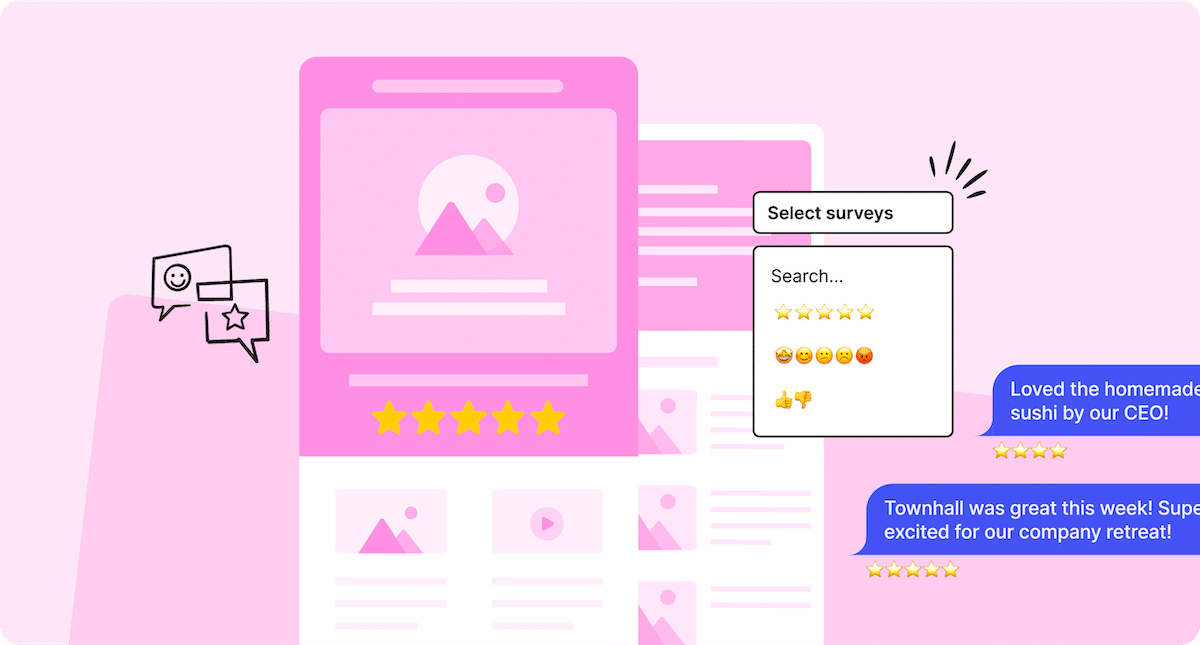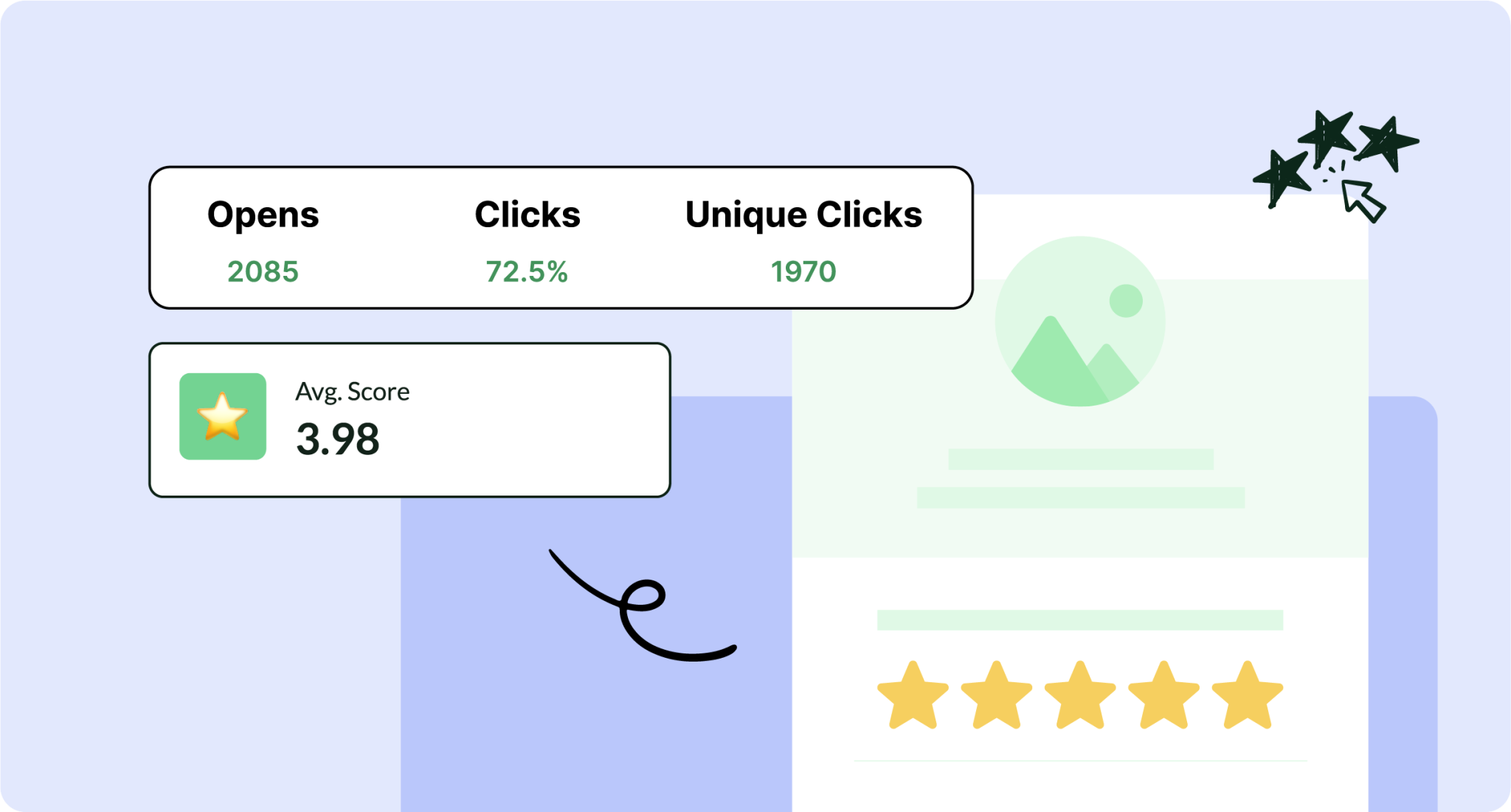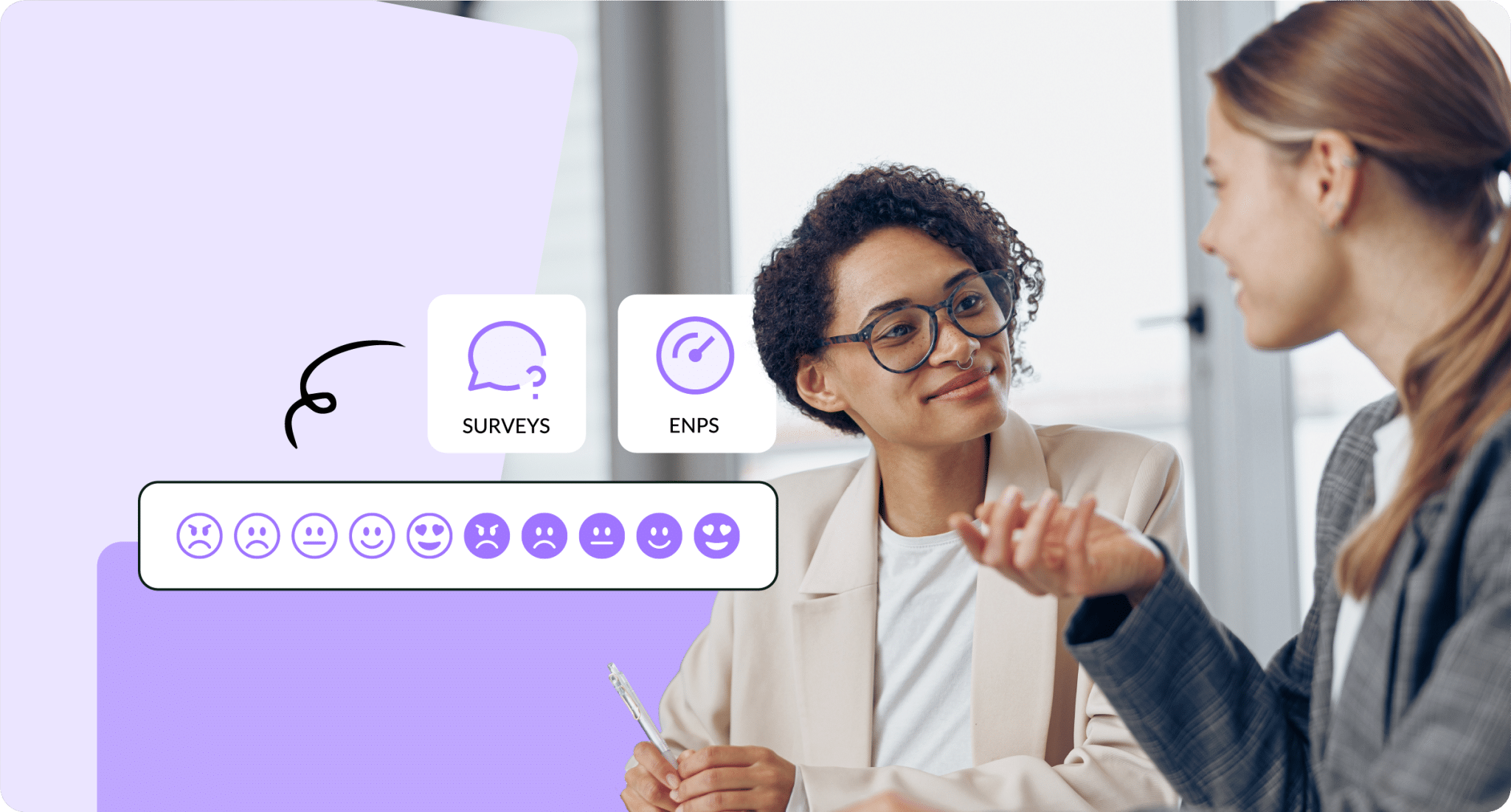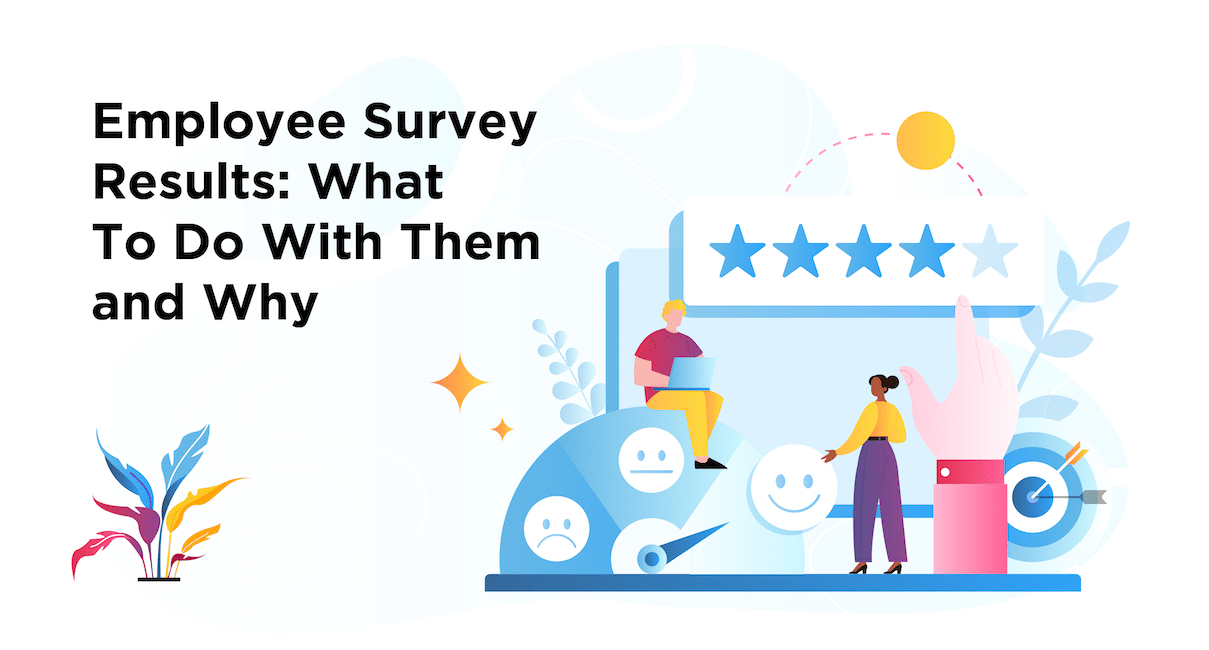Employee Feedback
Discover how gathering and acting on employee feedback can improve your internal communications and hit larger organizational goals.
Most recent articles

Employee Engagement • Employee Feedback
How To Improve The Quality And Effectiveness Of Employee Feedback
Jan 10, 2025

Employee Engagement • Employee Feedback
How to Measure Employee Feedback: 10 Best Strategies With Examples
Jan 10, 2025

Employee Feedback • How-To Tutorials
10 Ways To Collect Employee Feedback In The Workplace
Jan 3, 2025

Employee Engagement • Employee Feedback
10 Benefits of Employee Pulse Surveys for Internal Communicators
Dec 6, 2024

Employee Engagement • Employee Feedback
How to Interpret and Analyze Employee Pulse Survey Results
Dec 6, 2024

Employee Feedback • Internal Communications Software and Tools
15 Employee Feedback Tools: Best Software and Platforms of 2025
Oct 3, 2024
Be a ContactMonkey insider
News, events, and best practices in internal communications.



